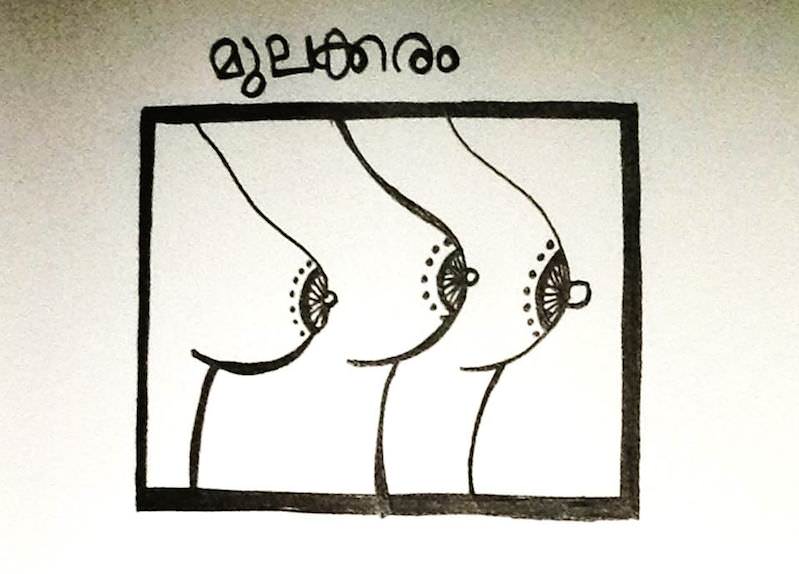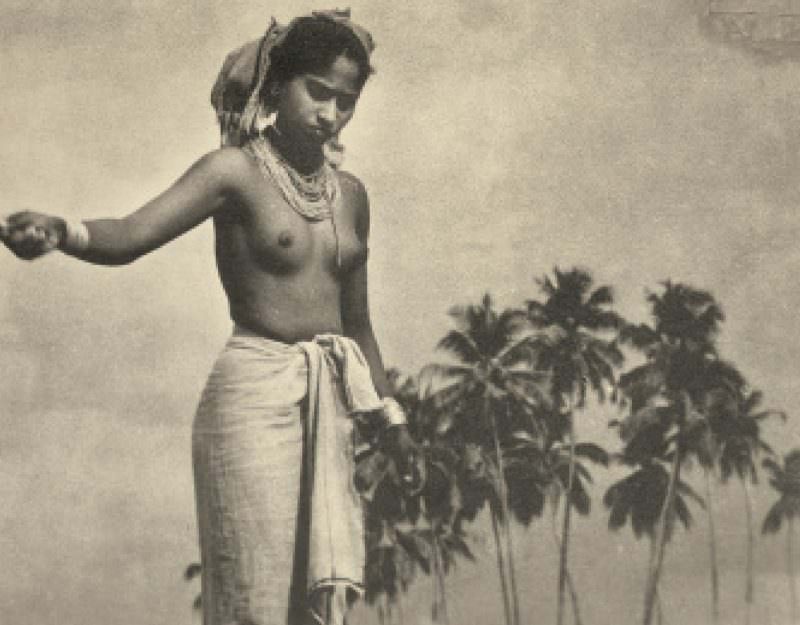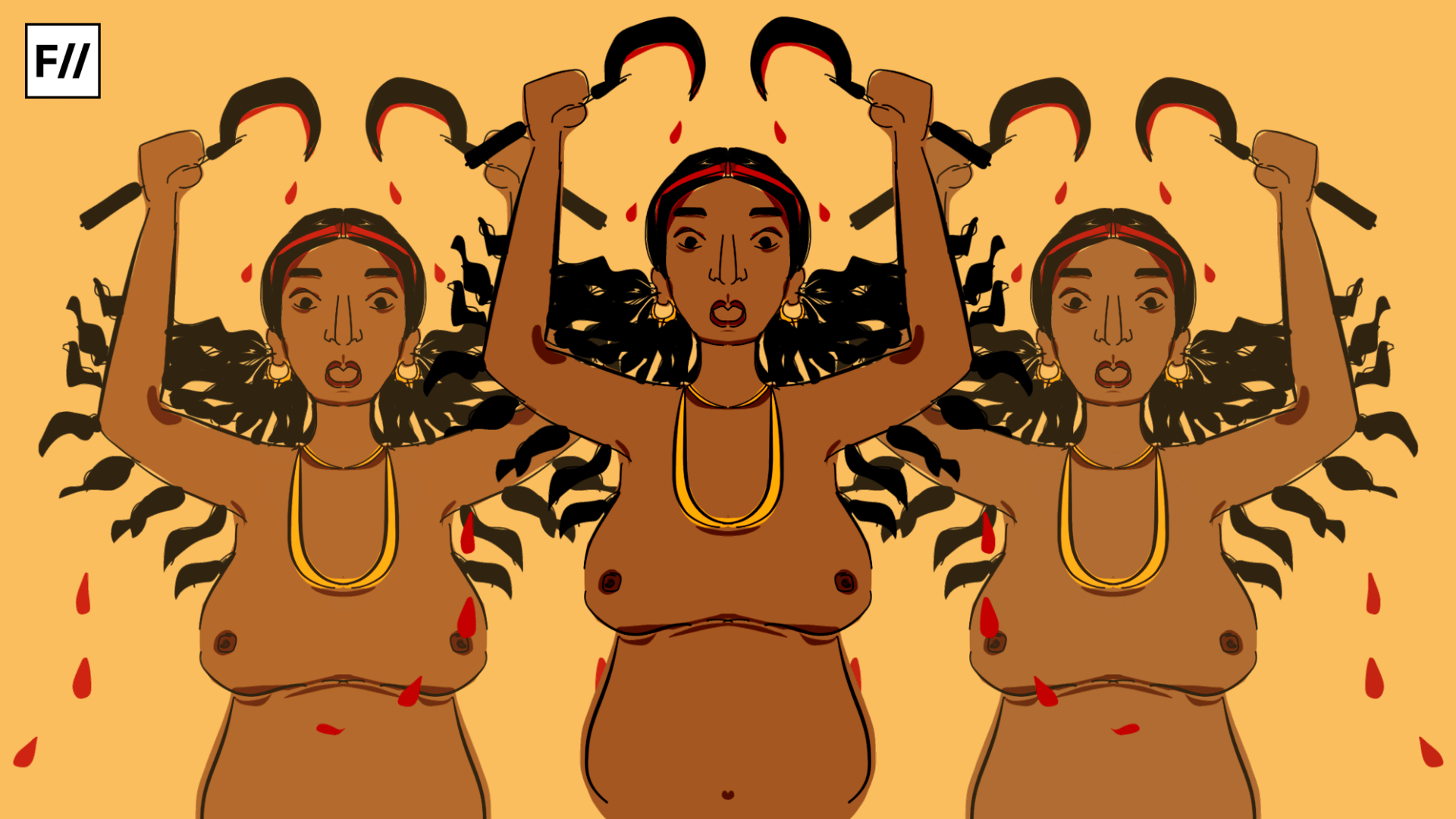Believe it or not, there was a time in the early 19th century when women in Kerala had to pay a Mulakaram or breast tax to be able to cover their chests with a cloth. Fast forward to 200 years later and the tussle between making a Muslim woman wear a burqa and trying to force her out of it is still on. It makes you wonder whether it is even about how much or how less a woman wears. Or is it just the context? The context is drawing the lines women can or cannot cross. Looking back into history, it becomes more and more obvious that it isn’t specifically about what women are being forced to do, but that laws and social norms always have a say over it more than women themselves.
Back in the early 1800s, both men and women of the lower caste – mainly the Nadar and Ezhava communities – weren’t allowed to cover their chests in front of members of the upper caste. This was considered a sign of modesty and it was important they complied. Clothing was considered a sign of wealth and prosperity and the poor and the lower castes were simply not entitled to it. This was a time when the caste system in Kerala was at its oppressive peak.
In his book, ‘Native Life in Travancore’, Samuel Mateer talks about a list of almost 110 extra taxes that only the members of the lower caste were burdened with. He describes its ‘miserable interference with trade and industry, social freedom and domestic comfort’. It was a system that ensured that the lower castes remained in a cycle of debt and poverty while the upper caste Brahmins and Nairs thrived. But the Nair women were not exempted from the purview of this oppressive system either, they too weren’t allowed to cover their chests in front of Brahmins and while entering temples, to induce modesty.

This period saw the emergence of the Roman Catholic and Syrian Christian community. As the system became increasingly oppressive, conversion into Christianity was seen as a ticket to a better life. Christian women were allowed to cover their breasts with a jacket-like blouse known as the kuppayam. Yet, they were barred from wearing the upper-cloth the way Nair women did, who wrapped the cloth around the torso in a specific style. This was to keep the hierarchy between the two distinct and obvious. The Christian Nadar women were not entirely happy with this proposition and demanded that they be allowed to wear the upper cloth the way Nair women did. As the influence of Christianity increased, the resentment that the upper caste held for them also grew. This culminated in a series of violent clashes in the Travancore region of Southern Kerala in what came to be known as the Channar Revolt or the Channar Lahala. Churches and houses were burnt down and women who wore blouses were stripped in public. However, the book titled Religion and Social Conflict in South Asia confirms that,
After several years of rebellion on the part of the Nadars and violent repression on part of the caste Hindus, especially the Nairs, it was the direct intervention of the British governor of Madras that brought about the two proclamations from the kings of Travancore, one in 1859, by Maharaja Utram Thirunal and the other in 1865 by Maharaja Ayilyam Thirunal, abolishing the restrictions concerning ‘uppercloths.’
The Channar Mutiny (or revolt) sometimes also referred to as the Maaru Marakkal Samaram is said to have been one of the very first struggles for female liberation in Kerala. Historian Joy Balan Vlaathangara explains the impact of this rebellion in his book ‘Vaikuntaswamiyum Samoohika Navothanavum’.
Cries for equality began to rise not just from various parts of Kerala, but from the whole of South India after the Channar Mutiny. The agitation to end ‘oozhiyam vela’ or work without pay, the agitation to secure entry into temples, the agitation to secure the right to walk on public roads, all these struggles that went on to change the face of Kerala were inspired by the success of the Upper Cloth Mutiny.

Of all the forms of rebellion that formed part of the Maaru Marakkal Samaram, the story of a woman named Nangeli stands out; a story that has become symbolic of the struggle. Nangeli belonged to the central region of Kerala, in a place called Cherthala. The breast tax or the Mula Karam, which was one among the many oppressive taxes levied on the lower caste, meant that a woman was granted the right to cover her breasts only if she paid a fee to the government. In the year 1803, Nangeli was brave enough to unflinchingly defy the orders of the state. When news spread of her defiance, the parvathiyar or the tax collector arrived at her house to collect money. It is said that, instead of placing the money in a plantain leaf, she cut off her breasts with a sickle knife and presented it to him. Her body succumbed to the excessive bleeding and she died the same day.
Also in protest of the breast tax, her husband Chirukandan jumped into her funeral pyre out of grief, committing suicide. “Nangeli’s story i
